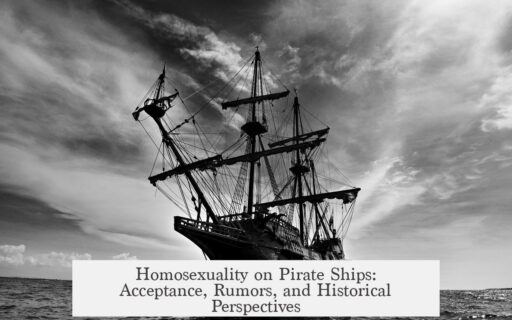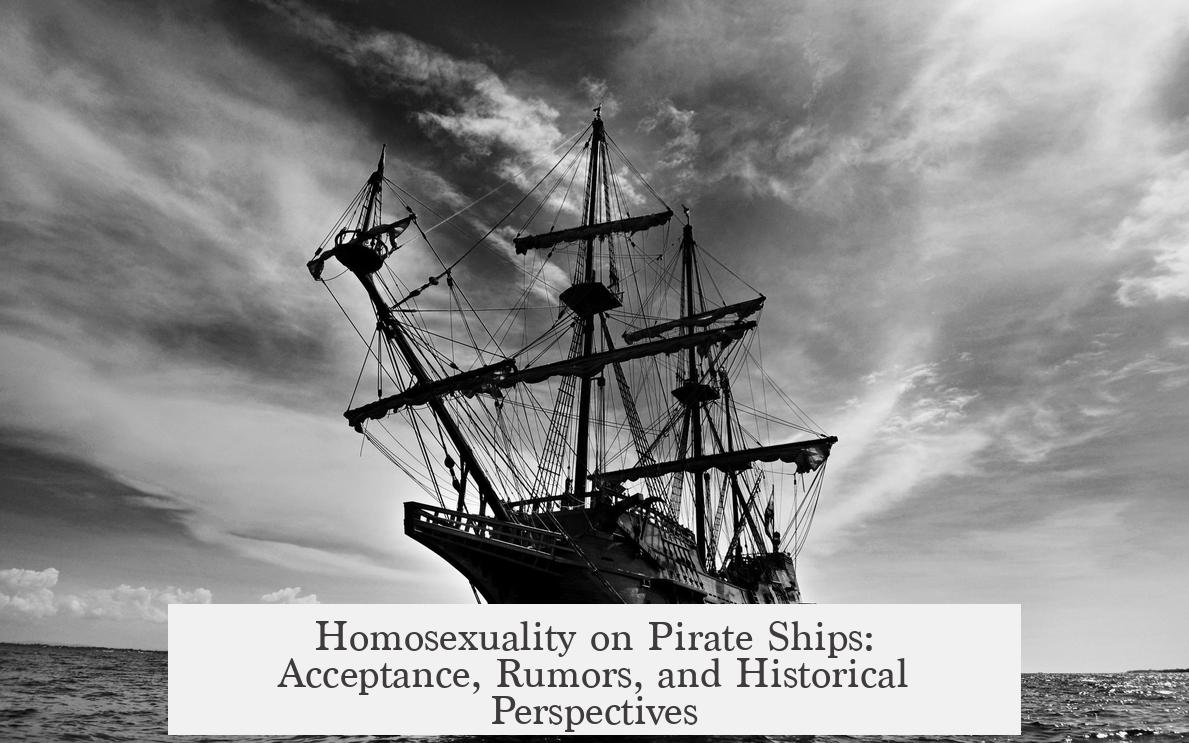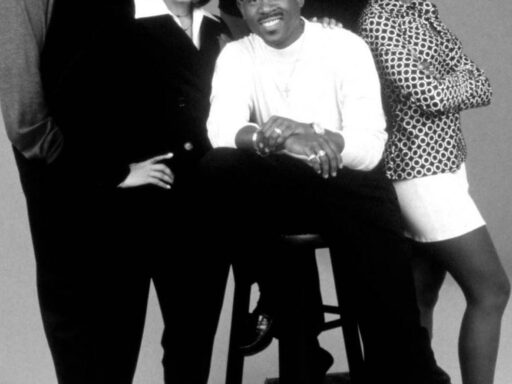Homosexuality likely existed among pirates but was neither openly accepted nor clearly documented on pirate ships. Historical records on LGBTQ+ presence in piracy remain scarce and inconclusive. Pirates may have focused on survival and plunder, leaving little attention to their crewmates’ sexual orientations. No definitive evidence indicates widespread acceptance of homosexuality within pirate crews.
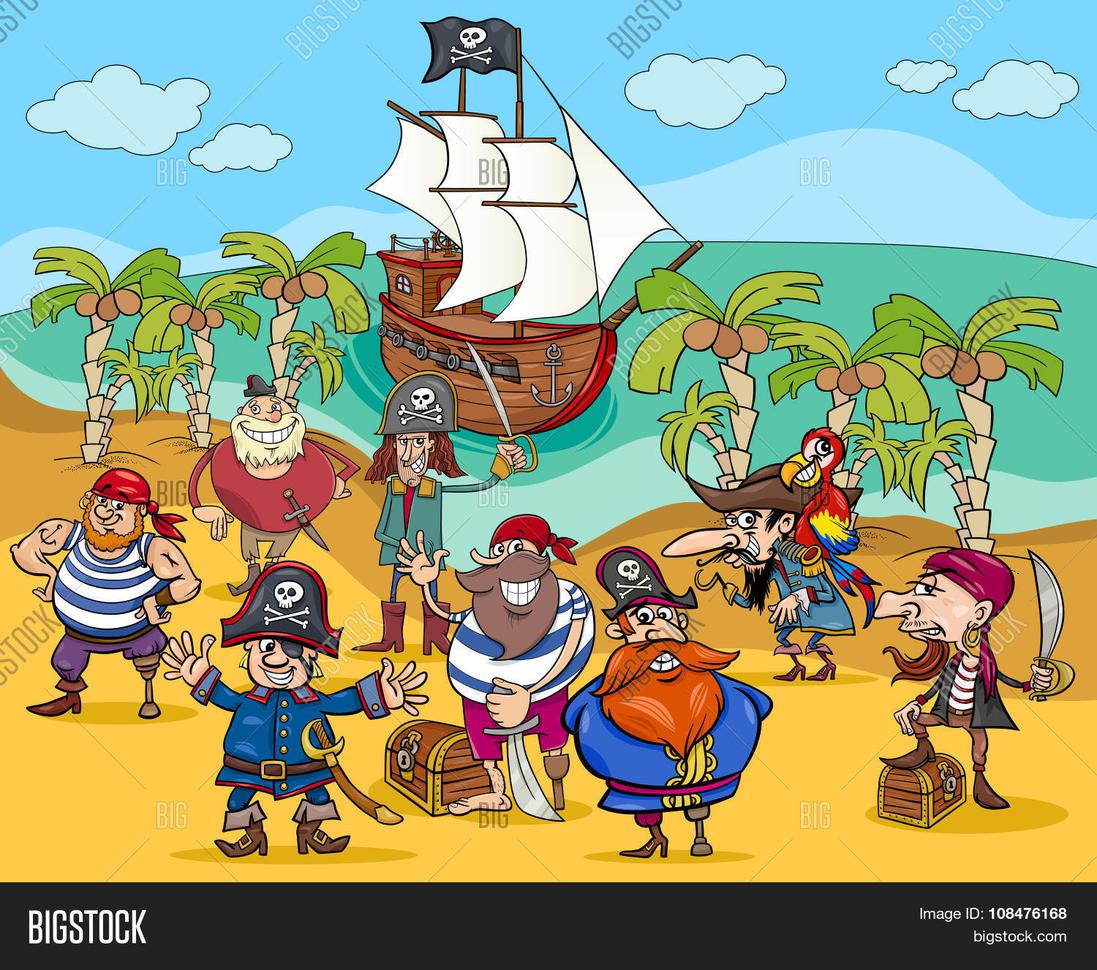
Tracking LGBTQ+ history among pirates proves difficult due to limited and biased sources. Most historical texts overlook personal aspects of pirates’ lives. The survival-centric culture on these ships prioritized loyalty and strength over private matters. While historians acknowledge that homosexual individuals existed throughout history, explicit records of acceptance are lacking in piracy contexts.
One example involves a pirate captain, possibly Sawkins, reported to have had sex with his servant. This incident, apparently unconsensual, led to the captain’s deposition. This suggests disapproval or at least repercussions tied to sexual behavior under coercion. The context of sex in the 17th and 18th centuries varied greatly, but power dynamics often influenced judgments. Despite this case, no evidence implies consensual homosexual relationships were embraced among crews.

Pirate ships operated with unique social structures. “Maitlatige,” a term describing a business-like partnership between two buccaneers in the 17th century, resembles a ‘marriage’ but focused on shared profit and cooperation. It was not explicitly a homosexual institution, but some speculate it could have been used to legitimize same-sex partnerships. The emotional turmoil expressed when a buccaneer left such a partnership, including alleged violence, hints at close interpersonal dynamics possibly transcending mere business.
Speculative claims about pirates’ sexual orientations often stem from later fictionalized or hypothetical sources. For example, Bartholomew Roberts’s sexuality has been theorized but lacks firm historical proof. Much of the popular image linking pirates to queer identities traces to works like those by B.R. Burg, who openly framed these ideas as hypothetical. This highlights the distinction between romanticized portrayals and documented history.
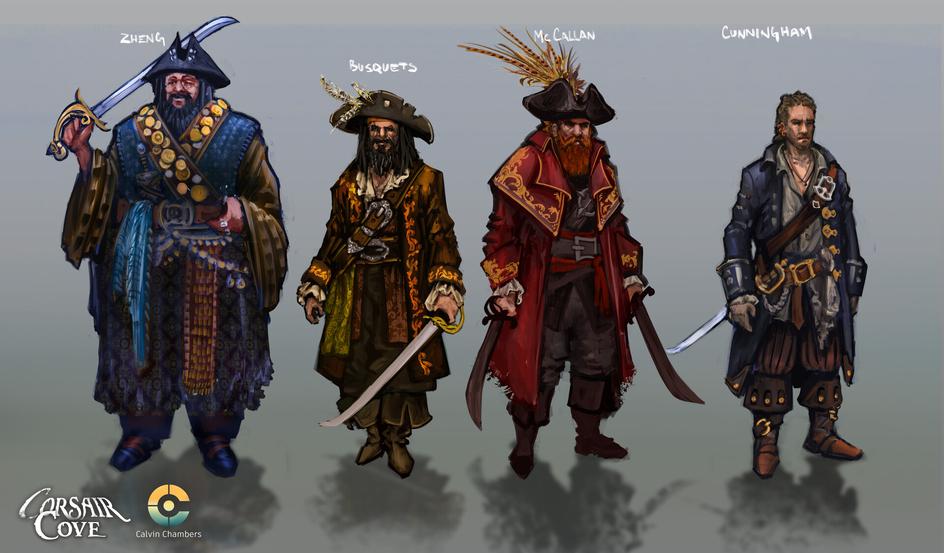
Historians diverge regarding credibility and approach to pirate sexual history. Angus Konstam is considered generally reliable for balanced accounts, while David Cordingly faces criticism for over-relying on “A General History of the Pirates,” a source regarded as problematic. Exploring primary records offers clearer insights but seldom mentions sexual norms explicitly. Videos like Gold and Gunpowder’s on YouTube provide accessible summaries but also emphasize the speculative nature of many claims.
| Aspect | Details |
|---|---|
| Existence of LGBTQ+ Individuals | Likely present but undocumented explicitly. |
| Pirate Social Priorities | Focus on survival, plunder, and loyalty over sexual matters. |
| Maitlatige | 17th-century buccaneers’ partnership; not inherently sexual. |
| Documented Cases | One captain deposed after coercive sex; no evidence of acceptance. |
| Speculative Conclusions | Often based on hypothetical or literary sources. |
| Historians’ Views | Varied reliability; primary sources preferred. |
Evidence paints a cautious picture. Pirates’ communal living in confined spaces might suggest tolerance out of necessity rather than ideological acceptance. The lack of direct records means historians depend on piecing together incidental mentions and understanding broader social norms of the era. Interpretations remain tentative.

- LGBTQ+ individuals likely existed among pirates but were not openly accepted or recorded.
- Pirates prioritized other matters such as survival and loot over sexuality.
- Maitlatige functioned as a partnership, not a specifically sexual or homosexual institution.
- Isolated cases of sexual misconduct imply disapproval but do not clarify consensual homosexual acceptance.
- Many theories on pirate homosexuality stem from speculative literature.
- Reliable historical evidence remains limited; interpretations vary among experts.
Homosexuality Accepted on a Pirate Ship? Let’s Dive Into the Murky Waters
Was homosexuality openly accepted on pirate ships? The quick answer is maybe, but solid proof is as elusive as buried treasure. Pirates flew their flags and broke laws, but when it comes to their personal lives—especially matters of sexuality—the real story is clouded by myths, scarce records, and plenty of speculation.
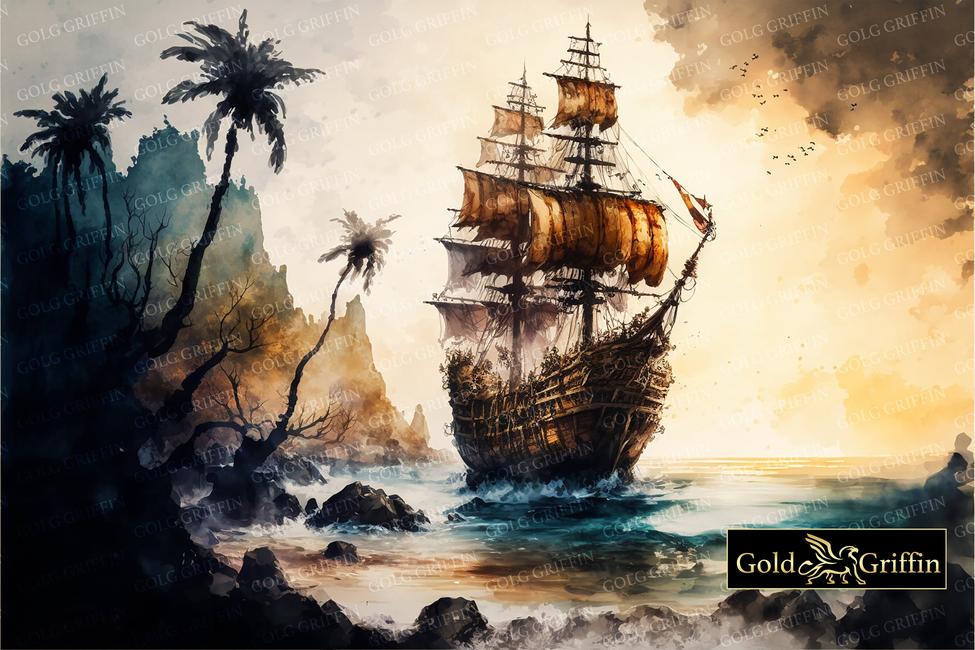
So, what does history tell us about homosexuality among pirate crews? And how much of what we “know” is just salty hearsay? Let’s unravel this knot.
Why Tracking LGBTQ+ History Among Pirates Is a Tough Row to Hoe

First off, LGBTQ+ history is notoriously hard to track even in the most documented societies. For pirates, it’s like trying to find fresh water on the open sea. Records were sparse, biased, or lost, especially concerning personal and sexual identities.
Take an anecdote involving a pirate captain named Sawkins (or so some claim). The story goes that he had sex with his servant, an act that led to his deposition. Was this because he was queer or because it was unconsensual? The line blurs, given eighteenth-century norms about consent were, well, very different from today’s. Key point: this instance might suggest sexual misconduct was punished, but doesn’t necessarily reflect general acceptance or rejection of homosexuality.

Despite popular media portrayals of flamboyant, openly gay pirates, no clear evidence exists of any homosexual pirates being openly accepted. But here’s the kicker—LGBTQ+ individuals existed everywhere and everywhen, pirates included. Acceptance? That’s a different question.
Pirates and Sexuality: What Really Mattered on Deck?
Think about life on a pirate ship. Long voyages, battles, scarce resources—pirates had a lot to handle. Could they afford to fuss over their crewmates’ private lives? Probably not. Some historians suggest pirates, much like many colonists of their era, focused more on loyalty, skill, and survival than on who slept with whom.
One interesting practice among buccaneers was maitlatige. While not a homosexual union, it was a kind of “business marriage” between two pirates. It meant sharing loot, protecting each other’s interests, and forging lasting bonds. Although originally economic, it theoretically could be used by homosexual individuals as well—but evidence for this is missing.
However, human emotions got in the way. There’s a tale of a buccaneer who left his maitlatige partner and joined another crew. The jilted pirate was so distraught he supposedly tried to kill both the deserter and his new ally. Not exactly heartwarming, but it shows the powerful bonds these arrangements created.
Speculations, Rumors, and What the Historians Say
Talking about pirate sexuality inevitably drifts into speculation. Did Bartholomew Roberts, one of the most notorious pirates, have homosexual tendencies? Some modern writers suggest yes, while others say it’s pure guesswork. Roberts is more often remembered for his ruthless raids than his private life.
The idea that pirates might have been broadly homosexual gained traction after a book by B.R. Burg. He boldly stated upfront that his claims were hypothetical. So, while entertaining, the book should be taken with a healthy dose of skepticism.
On the flip side, some historical figures like King Richard I are theorized to have been gay, illustrating how fluid these identities can be across eras and contexts.
For those itching to dig deeper, a YouTube historian named Gold and Gunpowder crafted a solid video exploring this very topic, combined with comprehensive primary sources like E.T. Fox’s ‘Pirates in Their Own Words Vol 1’. These materials shine light on pirate sexual social structures but stop short of confirming any formal acceptance of homosexuality.
Trustworthy Sources vs. Tall Tales
Among pirate experts, Angus Konstam stands out as a trustworthy source. His analyses avoid sensationalism. Conversely, David Cordingly often leans heavily on ‘A General History of the Pyrates’—a once-popular but historically dubious source. Caution flags get raised among historians when foundational texts are unreliable.
Always remember, history benefits from multiple views. No one source has all the answers, especially on such a taboo and poorly documented topic.
So, Were Homosexual Pirates Accepted on Board?
- Possibly, but it’s complicated. No firm evidence shows open acceptance. Privacy and survival might have been the bigger priorities.
- Pirates possibly cared about loyalty and skill more than sexual orientation.
- Maitlatige might have offered a framework where homosexual partnerships could exist, practically if not culturally recognized.
- Instances like the deposed captain suggest some behaviors—particularly non-consensual acts—were condemned.
- The idea of openly homosexual pirates mostly comes from speculative works, not rock-solid history.
Why Does This Matter? A Call to Reflect and Reconsider Historical Narratives
The mysterious nature of pirate sexuality invites us to question how history records human diversity. Pirates, often cast as rebels, challenge norms—did that extend to sexual acceptance? The question remains open, reminding us that historical records often silence or erase queer lives.
Are we ready to consider that the pirates’ lives were as complex and nuanced as our own? Might some have found ways—official or under the radar—to live authentically despite harsh conditions? Probably. The adventure isn’t just in the high seas; it’s in piecing together these hidden stories.
So next time you watch a pirate flick or read about these swashbuckling legends, remember: the truth about their loves and lives may be as unpredictable as the ocean itself.
Was homosexuality openly accepted on pirate ships?
There is no clear evidence that homosexual pirates were openly accepted. Records are scarce, and the culture focused more on survival and work than on personal relationships. Acceptance likely varied case by case.
What was Maitlatige, and did it relate to homosexuality among pirates?
Maitlatige was a form of partnership between two buccaneers, more like a business or marriage of convenience. It was not necessarily homosexual but could have been used by same-sex partners if they wished.
Are stories about famous pirates being gay based on facts?
Most stories about pirates like Bartholomew Roberts or Richard I being gay come from speculation or fictionalized accounts. No strong historical evidence confirms these claims.
Did pirate crews care about their members’ sexual preferences?
Pirates likely prioritized loyalty and skill over sexual orientation. They had bigger concerns like battles, supplies, and navigation, so personal matters were often secondary.
Have historians agreed on the presence of LGBTQ+ individuals among pirates?
Historians acknowledge LGBTQ+ people existed among pirates, but there is little concrete evidence that they were openly accepted. Reliable sources note the topic remains mostly unclear.
